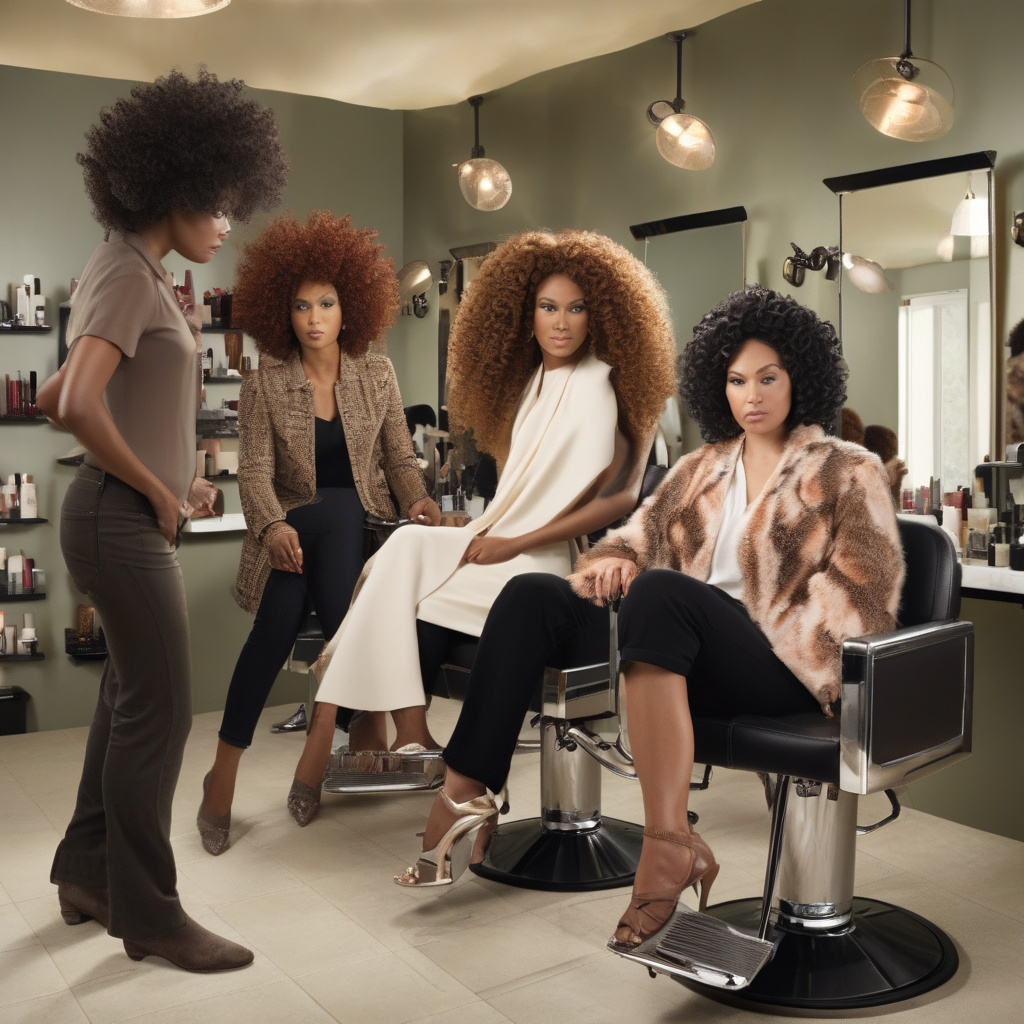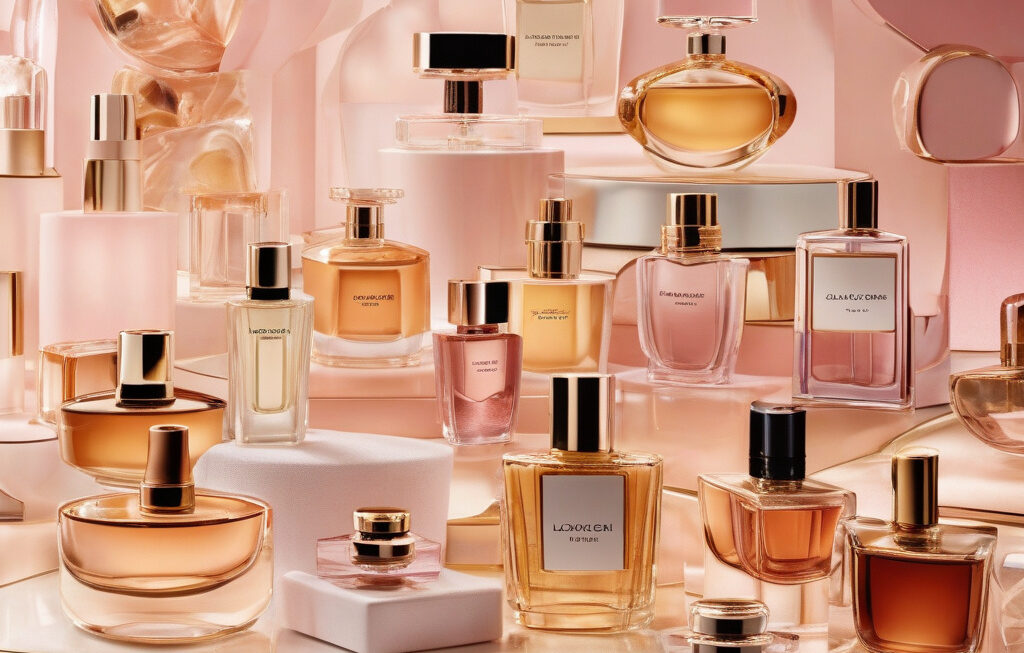Hair Tools Struggle to Meet the Needs of Textured Hair Consumers
Hair tools have become increasingly popular in recent years, with brands aiming to cater to a wider range of consumers, including those with curly, coily, and tight-textured hair. However, despite efforts to create more inclusive marketing campaigns, many hair tools are still failing to meet the needs of textured hair consumers.
One of the primary reasons why hair tools have not yet won over textured hair consumers is the lack of diversity in the products available on the market. While there has been some progress in recent years, the majority of hair tools are still designed with straight or slightly wavy hair in mind. This lack of options for those with textured hair means that many consumers are left without tools that are truly effective for their hair type.
Another issue that textured hair consumers often face when using hair tools is the potential for damage. Many traditional hair tools, such as flat irons and curling wands, can reach high temperatures that may be too harsh for textured hair. This can lead to heat damage, breakage, and other issues that can be particularly damaging for those with already fragile hair.
Additionally, the design of many hair tools can also be a barrier for textured hair consumers. For example, the plates of flat irons are often too narrow to effectively straighten or style thicker, coarser hair types. Similarly, the barrels of curling wands may be too small to create the loose, voluminous curls that many with textured hair desire.
Despite these challenges, there are some brands that are making strides in creating hair tools that are more inclusive and effective for textured hair consumers. For example, there are now flat irons with wider plates specifically designed for thicker hair, as well as diffuser attachments for hair dryers that can help enhance natural curls and waves.
In order for hair tools to truly win over textured hair consumers, it is essential that brands continue to prioritize diversity and inclusivity in their product development. This means not only expanding the range of tools available for textured hair, but also ensuring that these tools are designed to be gentle on hair and effective at styling a variety of textures.
Overall, while there is still progress to be made, the increasing focus on inclusivity in the beauty industry is a positive step towards ensuring that all consumers, regardless of hair type, have access to the tools they need to look and feel their best.
hair tools, textured hair, inclusive marketing, diversity, damage prevention












